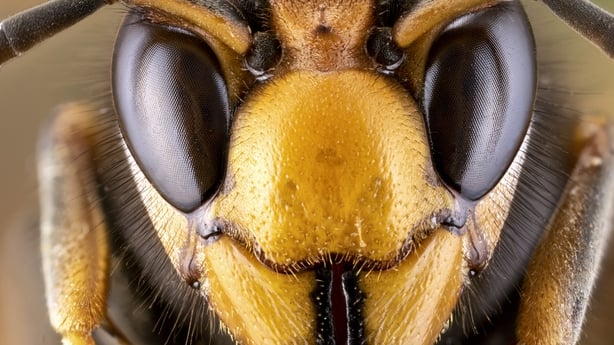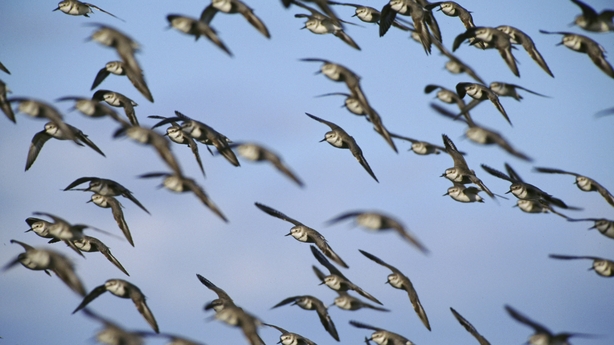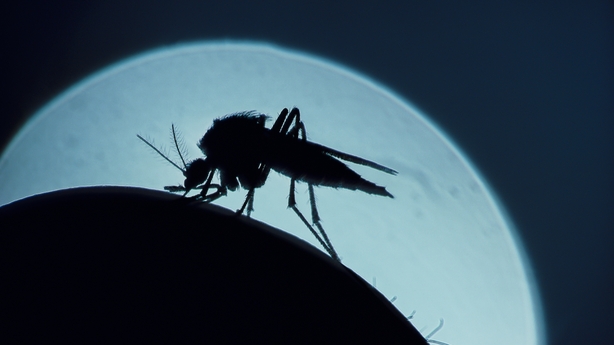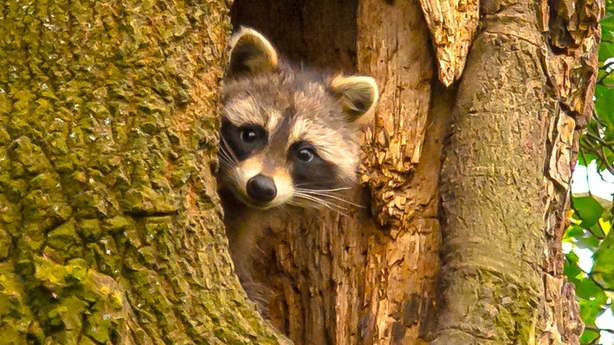Invasive species are a major and growing global threat to nature, economies, food security and human health according to a landmark UN-backed assessment on biodiversity.
Fewer than one in five countries have laws or regulations to manage this onslaught, it said.
The science advisory panel for the UN Convention on Biodiversity, known by its acronym IPBES, has published the most comprehensive assessment of so-called "alien species" ever assembled.
It finds that they play a "key role in 60% in global plant and animal extinctions" with the global economic cost exceeding €388bn annually in 2019.
This is the culmination of costs quadrupling every decade since 1970, and IPBES warns that this trend is set to continue.

Alien species are plants, animals or micro-organisms that are introduced intentionally or unintentionally into areas where they are not native and can contribute to wildlife extension.
In January, the European Commission took legal action against six member states - including Ireland - for failures to prevent invasive alien species.
IPBES gives examples of the negative impacts these species have on food supplies, livelihoods and quality of life, including health impacts.

Murder hornets capable of wiping out entire bee colonies in a single attack are thought to have arrived in the US from Asia as stowaways in freight.
The deadly fire that reduced the Hawaiian town of Lahaina on Maui to ashes last month was fuelled in part by bone-dry grasses, imported decades ago to feed livestock, that have spread across abandoned sugar plantations.
In Africa's Lake Victoria, fisheries have declined because of the spread of water hyacinth, rats and brown snakes have wiped out bird species in the Pacific and mosquitoes have exposed new regions to Zika, yellow fever, dengue and other diseases.
The hyacinth that at one point covered 90% of Lake Victoria, crippling transport, smothering aquatic life, blocking hydroelectric dam intake and breeding mosquitoes.
The invasive plant has choked waterways across the world, including the Buriganga River in Dhaka, Bangladesh.

In 2019, IPBES found that invasive alien species are one of the five greatest threats to biodiversity.
This finding led to the commissioning of 86 experts from 49 countries to compile today's report, which has just been published having been approved at the IBPES plenary in Bonn, Germany, which represents more than 140 governments.
It reveals shows that a third of the impacts of biological invasions were reported in the Americas, 31% in Europe and Central Asia, a quarter in the rest of Asia and the Pacific, and about 7% in Africa.

We need your consent to load this rte-player contentWe use rte-player to manage extra content that can set cookies on your device and collect data about your activity. Please review their details and accept them to load the content.Manage Preferences
In the 19th century English settlers brought rabbits to New Zealand to hunt and for food. When they multiplied like, well, rabbits, officials imported ferocious little carnivores called stoats to reduce their numbers.
But the stoats went after easier prey: dozens of endemic bird species that were soon decimated, from baby Kiwis to wrybills.
New Zealand and Australia, where a similar bad-to-worse saga involving rabbits unfolded, are "case studies" of how not to control one imported pest with another, Elaine Murphy, a scientist at New Zealand's Department of Conservation said.
"Invasive alien species are a major threat to biodiversity and can cause irreversible damage to nature, including local and global species extinctions, and also threaten human wellbeing," said Professor Helen Roy co-chair of the Assessment.
"The future threat from invasive alien species is a major concern," she said.

"37% of the 37,000 alien species known today have been reported since 1970, largely caused by rising levels of global trade and human travel."
She said under 'business-as-usual' conditions, they project that total numbers of alien species will continue to increase in this way.
IPBES found that, while 80% of countries have targets related to managing invasive alien species in their national biodiversity plans, only 17% have national laws or regulations specifically addressing these issues.
This increases the risk from invasive alien species to neighbouring states.
Furthermore, the report reveals that 45% of all countries do not invest in the management of biological invasions.
It highlights that future biological invasions, invasive alien species, and their impacts, can be prevented through effective management and more integrated approaches.






